It is common knowledge that beer is made from malt, a grain in which starch has been broken down into fermentable sugars by enzymes produced during the germination of cereals. The use of only pure malt is considered an indicator of high quality, which brewers love to show off. But what they don’t say is that many beer styles necessarily require unmalted grains – grains that haven’t been sprouted, so they’re not malt. It’s time to figure out why there are unmalted additives in beer, sometimes not even of grain origin.
There is a myth that only large producers bring unmalted grain in order to reduce the cost of production. In fact, the main purpose of using unmalted beer in brewing is to diversify the taste of beer, to add new notes. Sometimes the task is to dilute the body a little so that the hop properties are not clogged with malt and are better manifested. It even happens that different types of unmalted raw materials are harmoniously combined in one beer.
Possible unmalted additions to beer
Barley
Barley has a high content of protein and beta-gluten, these substances increase the stability of the foam, but at the same time the protein increases the turbidity. On the palate, the barley gives a firmer body and enhances the grainy notes, but doesn’t add anything new. In the grist, due to the complexity of filtering the finished wort, up to 15% of barley is used.
It is also possible to pre-roast the beans, for example, to make an Irish stout. Roasted barley gives a characteristic coffee flavor. If dark malts are used in the grist, then roasted barley accounts for 3-5% of the recipe. If coffee notes are formed solely by toasted barley, its amount can be increased up to 10%.
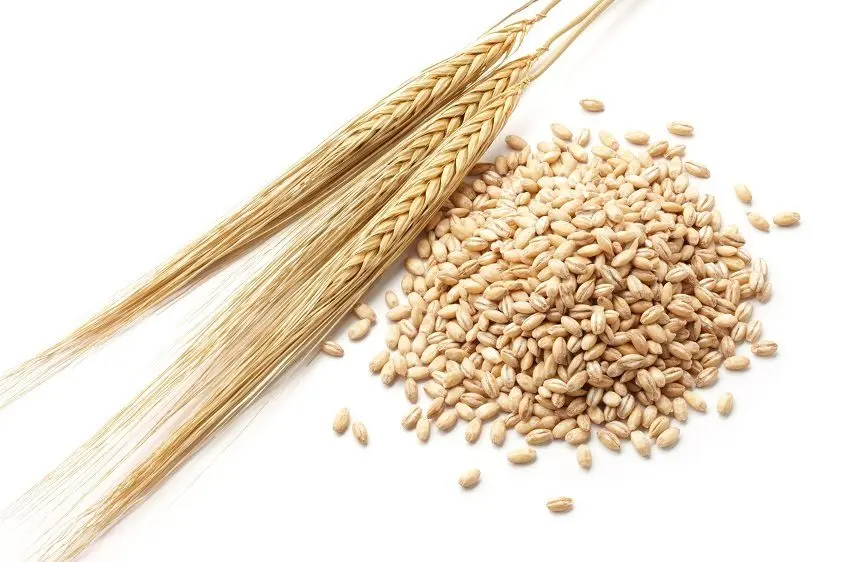
Wheat
Wheat contains more protein than barley, enhancing head retention. Also, unmalted wheat enhances the fullness of the body, brings sour and tart flavors to the beer, which are typical for Belgian wheat beer – blanche and witbier.
Up to 50% wheat is used in the grist and it is added in the form of flakes or crushed grains. To simplify filtration and improve mashing efficiency, many wheat beer recipes recommend a protein rest (15-20 minutes at 48-52°C).
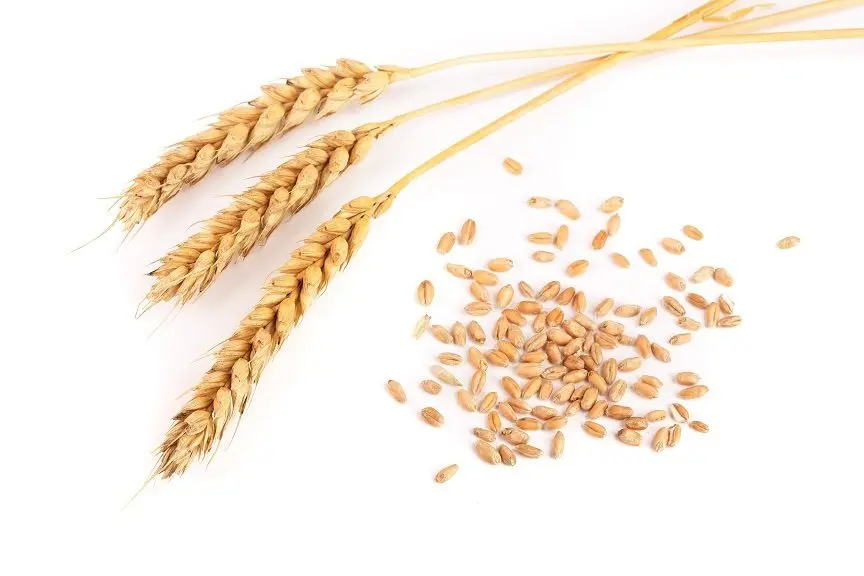
Oat
Unmalted oatmeal is the leader in the content of beta-glucans, which increase the stability of the foam. The oats enhance the enveloping softness of the body and add the nutty flavor that British oat stouts are famous for. A small amount of unmalted oats is also characteristic of pale ales.
Compared to wheat and barley, oats have a higher protein concentration and lower starch content. Due to this, up to 10-20% of oats are used in the grist, which is added in the form of flakes. If you exceed the recommended amount, the beer may turn rancid due to the high concentration of fat in the beans.
Oats can be mashed with the main mash, providing a protein break.
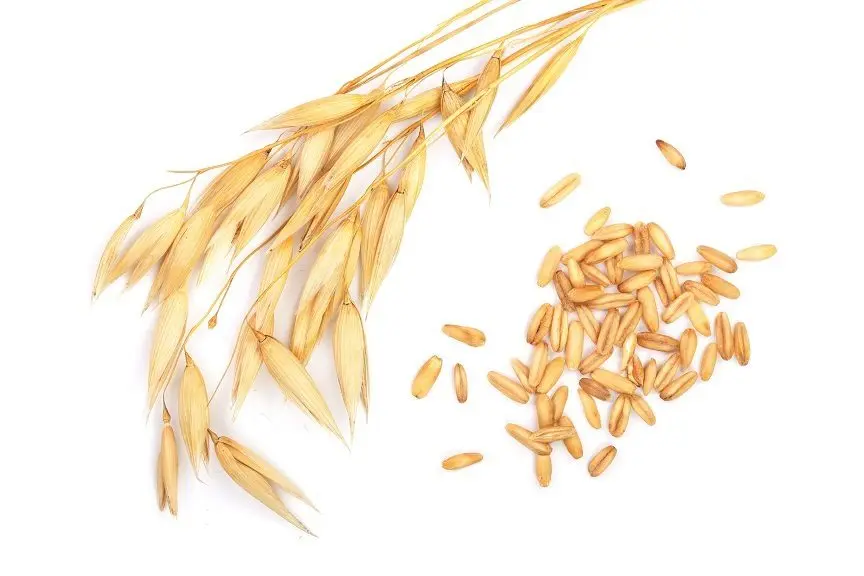
Rye
Rye is often added in the form of fermented or unfermented malt, but some recipes may include crushed grains, flakes, and flour.
Unmalted rye adds a characteristic note of taste to this cereal, after which the beer is considered rye. It can be porter, pale ale, weizen and others.
Even the minimum dosage of rye is felt. To achieve a stable taste effect, 10-15% of the total mass of rye flour or flakes is required in the grist. Rye can be mashed with the main mash, but preferably with a protein rest.
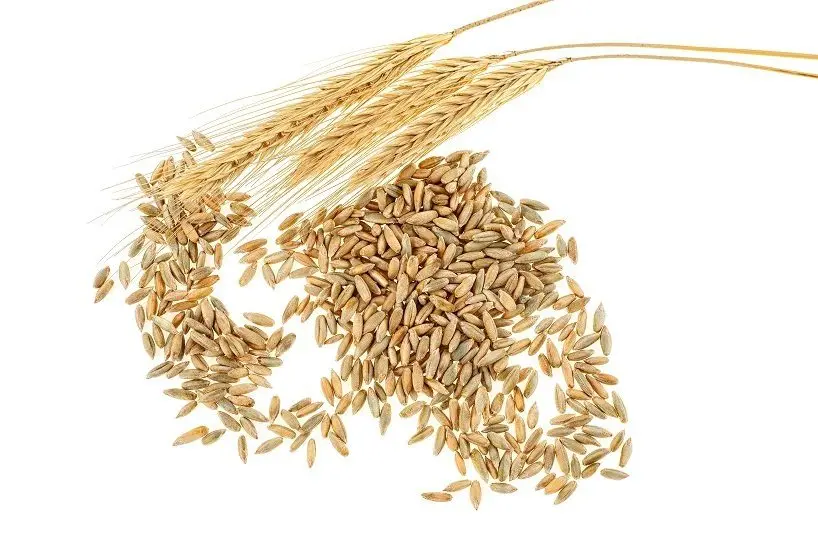
Corn
Often in industrial breweries, corn is used for only one purpose – to save on malt, but in home brewing this cereal has a completely different role.
Unmalted corn makes the beer lighter and the taste cleaner. Corn also reduces color and adds subtle sweetness, which is useful for styles of beer where gravity needs to be reduced so that malt complexity doesn’t interfere with hop opening. In addition to light, watery lagers, unmalted corn is used to make Belgian blondes and British milds.
The proportion of corn can go up to 50%, but most recipes are characterized by 10-30% cornmeal or flakes. Sometimes crushed grains are added. Corn contains a lot of starch, but its crystallization temperature is different from barley starch, so one-pot mash is used.
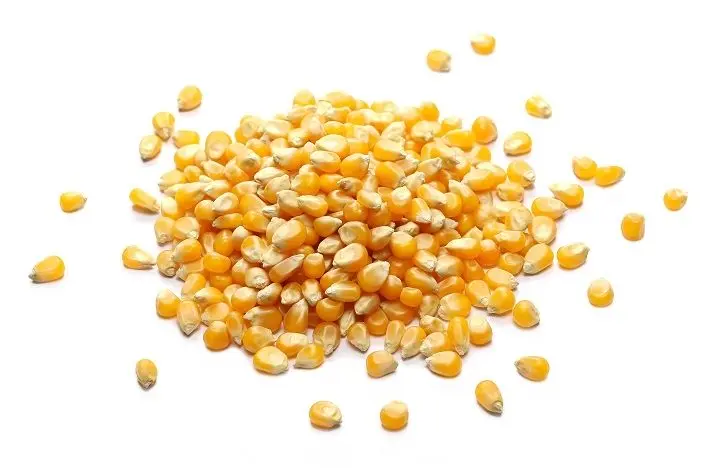
rice
Rice is used for about the same purposes as corn. Rice grains contain a lot of starch, which is converted into glucose during mashing. As a result, the body of the beer becomes lighter, and the color is reduced, but additional flavors do not appear, only a slight sweetness in the aftertaste is possible.
The share of unmalted rice in the grist is up to 25-30%. Flakes can be added immediately, and it is better to boil the grains separately until soft.
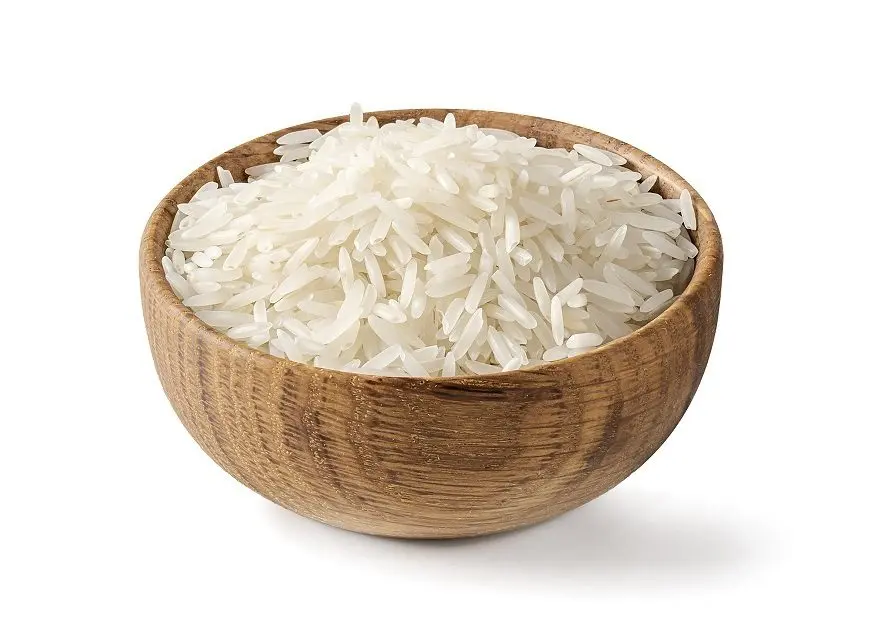
Sugar
Sugar is fermented by yeast without residue, so it is used to obtain a light beer body. The taste depends on the type of sugar. Neutral is glucose (dextrose), which does not affect the taste profile of the drink.
If refined table sugar does not exceed 10-15% of all fermentable sugars, then it also practically does not affect the taste, but at higher concentrations, the presence of sugar in beer is already noticeable. The reason is that sugar is made up of glucose and fructose, which yeast processes separately. This means that before fermentation, the yeast first needs to develop enzymes that break down sugar into fructose and glucose, it is these enzymes that give the characteristic fermented flavor.
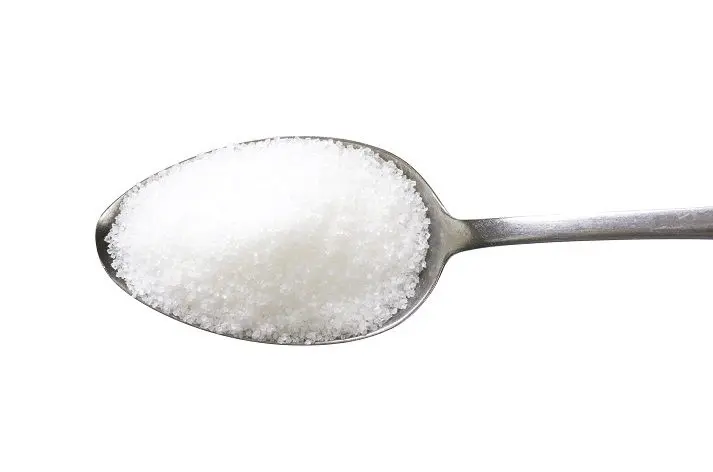
The solution to the problem is the inversion of sugar with citric acid, in which sugar breaks down into glucose and fructose without the formation of enzymes. The inverted sugar can then be made into caramel to increase the color of the beer and to bring out caramel notes in the taste, for example when brewing Belgian ales, but it is advisable to add no more than 20% invert of all fermentable sugars in the wort.









